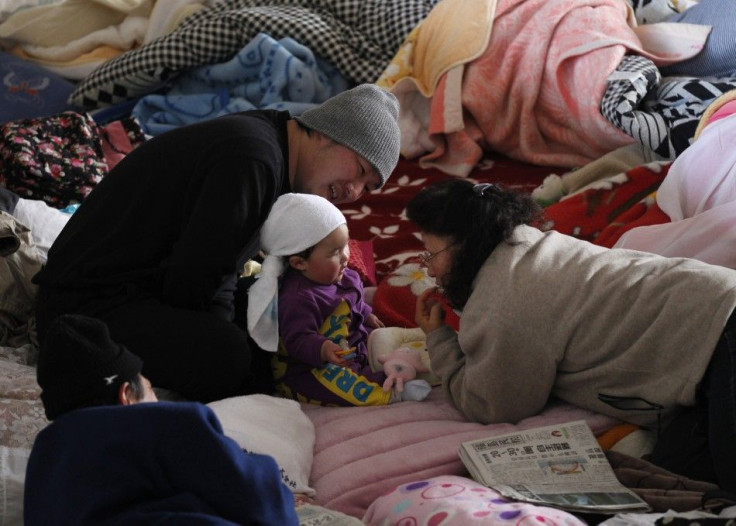With no mandatory evacuation order, some Fukushima residents feeling isolated

Residents of Fukushima Prefecture who live between 20 and 30 kilometers away from the earthquake-damaged Fukushima Dai-ichi nuclear power plant are feeling increasingly isolated, according to Kyodo News.
Those who lived within 20 kilometers of the plant have already evacuated due to government warnings about radiation leakages, but people who live within the 20-to-30-kilometer band find themselves in a kind of limbo, with their movements severely restricted.
Some residents of these areas have fled themselves; the ones who remain behind (who number about 140,000 )have been instructed by officials to remain indoors.
These people have told Japanese media that they are bothered by the perception by others in the country that they are living in ‘‘a contaminated area.’’
The restricted area includes Minamisoma and eight other municipalities in Fukushima Prefecture.
They are also unhappy about what they view as ineffective decision-making and slow response to the crisis by the central government.
An official of Katsurao village, which is in the restricted zone, said: ‘‘The problem lies with the state delineating the areas for evacuating and staying indoors in a pedantic fashion simply based on distance. They should also consider wind directions and geographical features.’‘
Due to these factors, deliveries of food, fuel and other necessities into the region have been hampered – many trucking companies have refused to enter the area.
According to the Minamisoma municipal government, the level of radiation in the city as of 3 p.m. Wednesday was 1.64 microsieverts, which is not considered harmful to human health.
‘‘After the nuclear plant accidents, volunteers left all together, fearing exposure to radioactive substances,” a city official noted.
Now, according to eyewitnesses, the region resembles a ghost town. Kyodo News stated “doors and windows were tightly shut at shops, and almost no one has been seen on the streets except municipal government employees in protective gear who occasionally came to deliver supplies.”
Many have locked themselves inside their homes; while others say they’ve lost contact with friends and family members.
A local city official told Kyodo: ‘‘I wonder how many people are still staying here. We don’t have a complete picture of the situation. The city office itself can no longer maintain its services.’‘
A prefectural official said: ‘‘Merchandise distribution stops and people leave. A sense of uneasiness is then fanned, pushing even more residents out and crippling a town’s functions. It’s a vicious cycle.’‘
The Tokyo government has urged people in the restricted area to consider evacuating, but has not yet expanded the mandated evacuation zone.
© Copyright IBTimes 2024. All rights reserved.



















